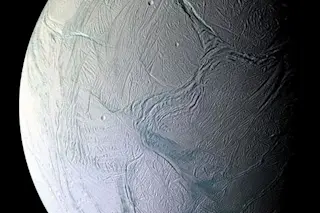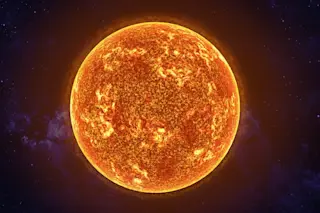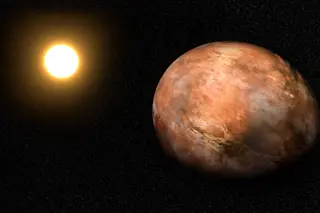Put on your friendliest face and say hello to the newest member of our planetary neighborhood: Barnard’s star b.
An international team led by researchers from the Carnegie Institution for Science announced today that they’ve detected an exoplanet orbiting Barnard’s star, the closest single star to Earth at just six light-years away. The astronomers calculate the newfound world, dubbed Barnard’s star b, to be about 3.2 times the mass of Earth and to orbit its host star once every 233 days. The so-called super-Earth is the second-closest known exoplanet, trailing just behind Proxima Centauri b at a mere 4.2 light-years away, and that could make it an exciting place to look for life.
But unlike Proxima b, which shows promising signs of habitability, Barnard’s star b is likely inhospitable to life as we know it.
Barnard’s star is a cool, low-mass red dwarf that’s estimated to be at least twice ...














